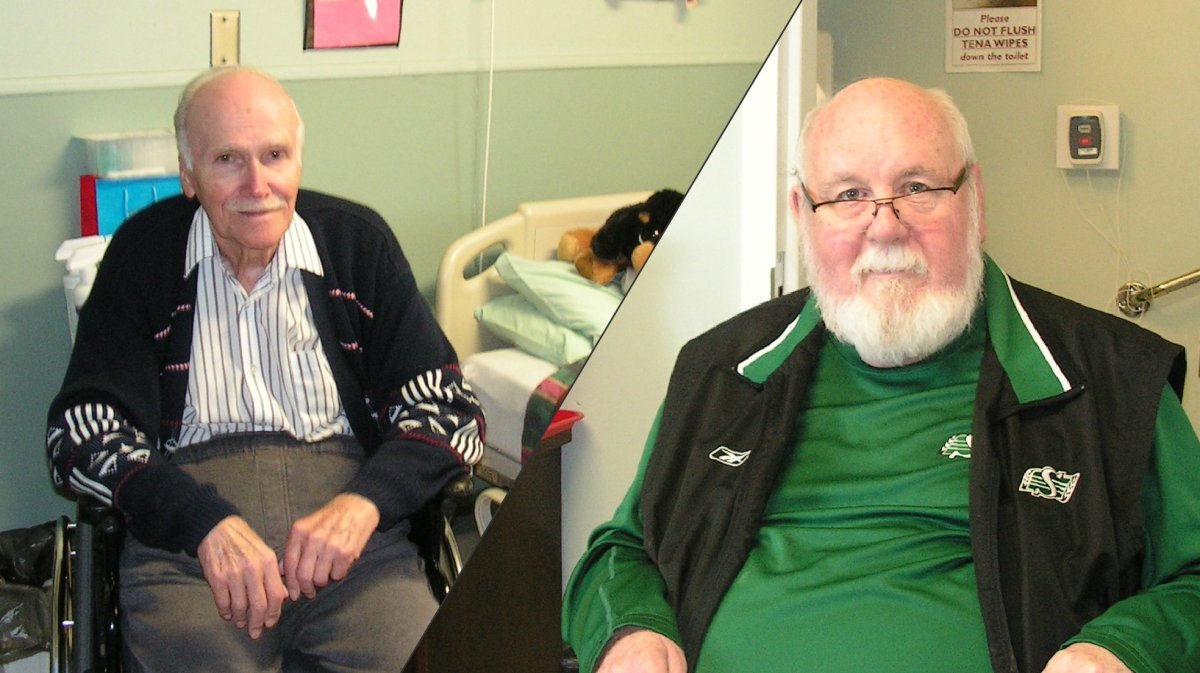REGINA – Saskatchewan MLAs return to the assembly for just one more day before voters go to the polls in April.

The 25-day sitting was actually an extension of the 2014-15 legislative session, so there was no throne speech to lay out the government’s plans; they proceeded on issues that had already been laid out over the previous year.
With that, here are five topics that stood out the most over the last two months.
1) Carbon capture problems
At the beginning of November, the Opposition NDP made public leaked SaskPower documents showing the $1.5-billion carbon capture facility wasn’t performing up to expectations, and as a result, was costing millions in penalties.
Over the following weeks, it was revealed through internal memos that the plant at Boundary Dam was only operating 45 per cent of the time, despite promises from the government and SaskPower that carbon capture was “exceeding expectations” so far.
SEE BELOW: An excerpt from one of several internal briefing notes leaked to the NDP, showing the government was aware of problems with its carbon capture facility, despite saying otherwise publicly
The NDP were critical of claims the province could profit from the carbon capture technology because of the early stumbles. Even when the plant wasn’t fully operational, SaskPower executives were racking up tens of thousands of dollars in expenses while traveling the world to market the facility.
- What is a halal mortgage? How interest-free home financing works in Canada
- Capital gains changes are ‘really fair,’ Freeland says, as doctors cry foul
- Ontario doctors offer solutions to help address shortage of family physicians
- Budget 2024 failed to spark ‘political reboot’ for Liberals, polling suggests
READ MORE: What’s the business case for Boundary Dam?
The Crown may not decide on converting additional units to capture carbon emissions until 2017, but SaskPower officials will still attempt to sell their expertise at the Paris climate change summit beginning next week.
2) New laws: labour, MRIs
Before the sitting began, Premier Brad Wall identified two pieces of legislation as priorities: Bill 179, the MRI Facilities Licensing Act; and Bill 183, which re-tooled essential services legislation.
The MRI bill paves the way for Saskatchewan residents to pay out-of-pocket for diagnostic imaging. Health Minister Dustin Duncan says the move provides additional MRI capacity at no cost to taxpayers because private clinics would have to provide a second scan to a patient on the public wait list, free of charge.
Critics suggest, however, allowing people to pay could also lead to queue-jumping for care because someone who can get an MRI faster may get in line sooner for surgery.
WATCH BELOW: Debate intensifies over pros and cons of private MRI proposal (May 2015)
The Saskatchewan Employment Act had to be fixed before the end of the year after the Supreme Court of Canada ruled early in 2015 that the law preventing some public-sector workers from striking was unconstitutional.
“With the benefit of hindsight, I’d have rather not gone down that road” – Labour Minister Don Morgan on years of court challenges
The new law removes the definition of essential service altogether and allows the parties involved to determine what duties must be maintained.
3) ER & surgical waits
While most attention of question period was focused on carbon capture, the NDP still raised a few health care concerns, as the party has often done over the last three years.

The highly-successful Saskatchewan Surgical Initiative, which drastically cut the number of people waiting more than three months for surgery since 2010, took a turn for the worse in 2015. The NDP highlighted a trend that saw a 70 per cent jump in patients waiting longest for surgery – directly tied to a March budget cut.
4) Liquor privatization
More private liquor stores and changes to wholesale pricing will come into effect next spring, if the Saskatchewan Party is re-elected. The government announced plans to sell off 40 SLGA stores and issue 12 new licenses for privately-run stores around the province. All liquor stores in the province would be allowed to sell until 3 a.m, instead of the current 9 p.m. close for SLGA stores with only off-sale outlets open late.
“This is a direction across the country. It’s not unique to Saskatchewan.” – U of R economist Jason Childs
Because the changes wouldn’t take place until after the provincial election, critics argued the liquor privatization plan deflected from current issues facing the province. The NDP say the move would result in lost revenue, but the government says the bulk of profits come from the SLGA warehouse, which isn’t changing.
Bottom line for consumers, the government says most liquor store prices would likely stay the same.
5) Seniors care
A consistent theme of the last few years of NDP Opposition criticisms, a handful of seniors care issues were brought forward.
The NDP produced videos in October featuring two elderly men at an Assiniboia care home, describing neighbours with dementia wandering the facility unsupervised and attacking others.
A group of families felt issues like that have been ignored in recent years. They brought their stories to the legislature this week, saying health region staff discouraged them from coming forward about problems with loved ones in nursing homes.
In both cases, one goal was to highlight staffing shortages in long-term care. Short-staffing was partially recognized in reports, released Wednesday, compiled by top health region executives after cross-province tours.
With files from The Canadian Press



Comments